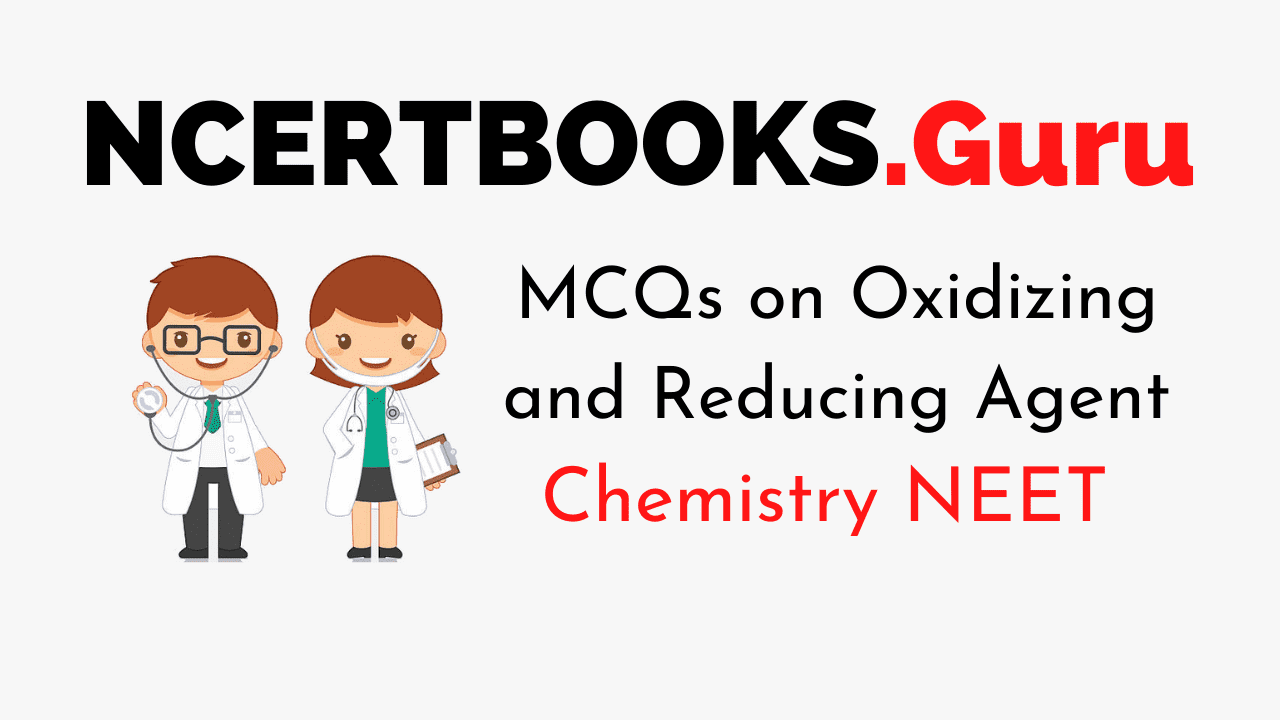NEET Chemistry is the scoring paper in the medical entrance examination. Here, you will discover the NEET Chemistry MCQ Questions for all Concepts as per the latest syllabus. Practice more on a regular basis with these NEET Chemistry objective questions on air pollution and improve your subject knowledge & problem-solving skills along with time management. NEET Chemistry Oxidation Number and Oxidation State Multiple Choice Questions make you feel confident in answering the question in the exam & increases your scores to high.
MCQs on Oxidation Number and Oxidation State
1. Oxygen can be converted into ozone by
(a) oxidation at high temperature
(b) catalytic oxidation
(c) oxidation under high pressure and temperature
(d) silent electric discharge
Answer
Answer: (d)
2 Which of the following statements is not correct?
(a) oxygen is neutral to litmus
(b) oxygen is not combustible
(c) oxygen supports combustion
(d) oxygen is a powerful oxidising agent
Answer
Answer: (b)
3. The violet colour of acidified KMnO4 is decolourised by H2O2. In this reaction H2O2 acts as an
(a) oxidising agent
(b) reducing agent
(c) oxidising as well as reducing agent
(d) none of the above
Answer
Answer: (b)
4. Hydrogen peroxide is used as an
(a) oxidising agent
(b) reducing agent
(c) bleaching agent
(d) all are correct
Answer
Answer: (d)
5. The oxides of which of the following are neutral in nature?
(a) hydrogen
(b) halogens
(c) alkali metals
(d) all the above
Answer
Answer: (a)
6. Oxidation is also referred to as
(a) combustion only
(b) respiration only
(c) transpiration
(d) combustion and respiration
Answer
Answer: (d)
7. Why potassium iodide (KI) is a potent reducing agent?
(a) iodide is oxidised to iodine
(b) iodine is reduced to iodide ion
(c) iodide ion is reduced to iodine
(d) iodine is oxidized to iodide ion
Answer
Answer: (a)
8. Oxidising agents do not include
(a) potassium iodide
(b) potassium manganate
(c) potassium dichromate
(d) bromine solutions
Answer
Answer: (a)
9. Hydrogen acts as a reducing agent, by
(a) taking oxygen only
(b) giving electron only
(c) taking hydrogen
(d) taking oxygen and giving electrons
Answer
Answer: (d)
10. In the copper oxide (CuO) and carbon monoxide (CO) reaction, the reducing agent is
(a) CuO
(b) CO
(c) Cu
(d) CO2
Answer
Answer: (b)
